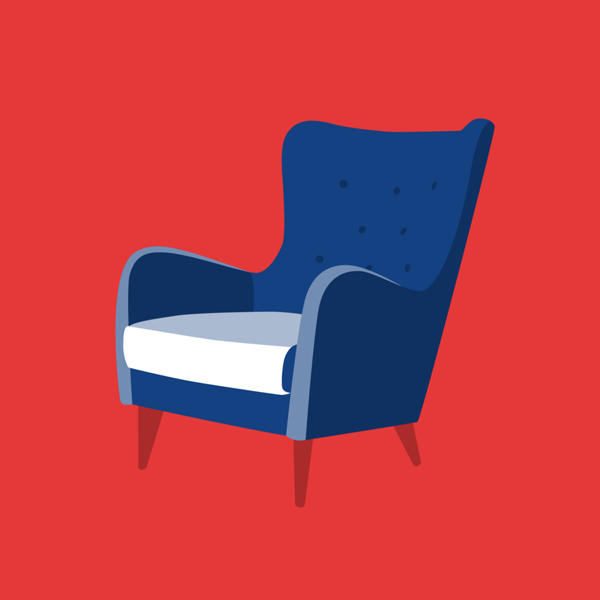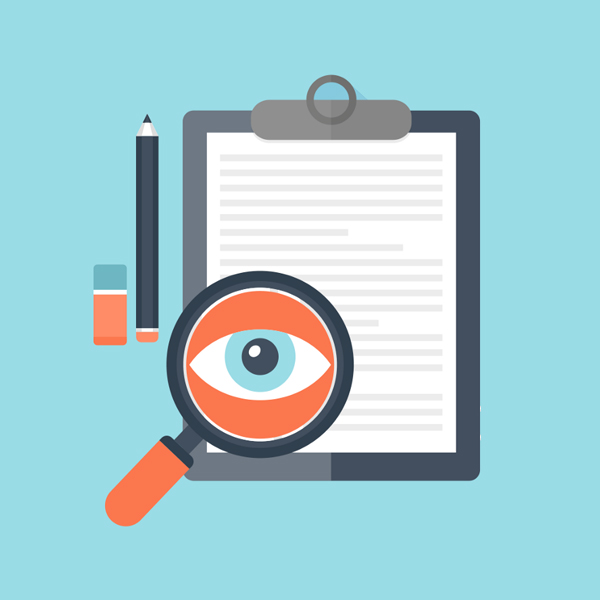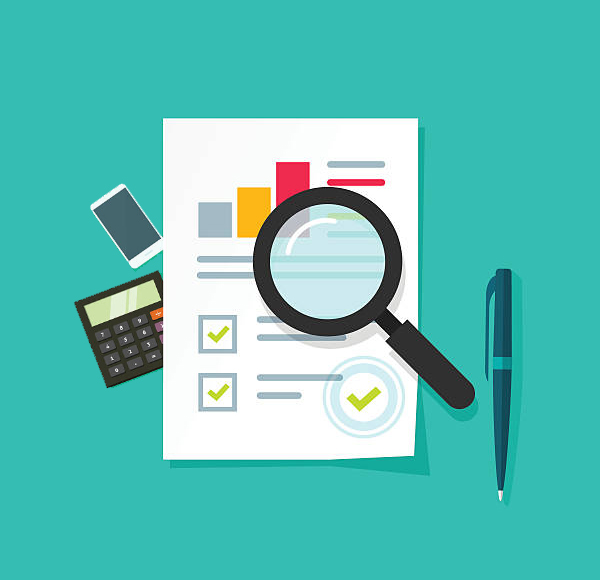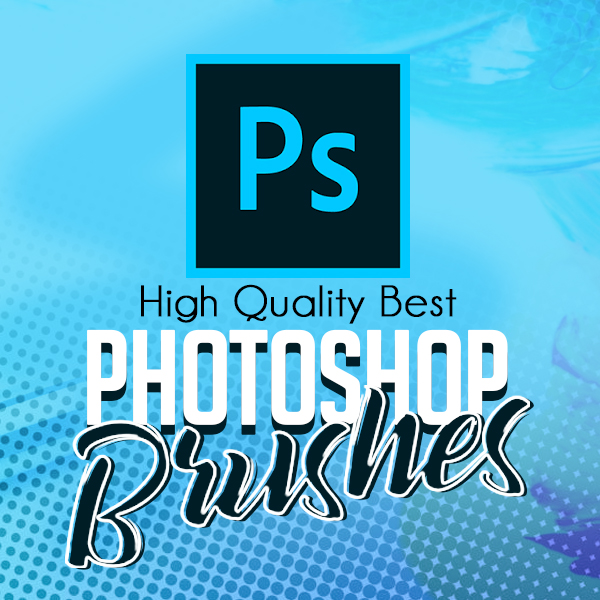If there is any secret to a good design, then it is to conduct good research beforehand. Great design does not happen by chance, it is always based on the understanding of the user and empathy. Research is a fundamental part in understanding context and narrowing down to the “right” problem users face, which is critical. We can’t create anything before we actually have enough information on how it’s going to be used and who are the people who will use it.
Design research is often overlooked, which usually results in having a surface level understanding of the people they design for. There’s no chance a good product could be built in this way. ![]()
There are many ways to collect customer data but here are four of the most common research methods designers should be familiar with.
User Interviews

Personal interviews help you gain a deep understanding of people’s behavior and are a great place to start when conducting design research. Interviews can be conducted in many ways, but the two most common are in-person and remote. While In-person interviews are more difficult to conduct, they provide more opportunities for observing a person’s behavior, such as his body language and verbal clues.
User interviews require effort, incorrectly asked or interpreted questions may lead product development down the wrong path. That’s why learning goal and planning questions according to that goal are especially important. It’s essential to spend the time to properly plan your questions.
Usability Testing

Usability testing is a technique helping to evaluate a product by testing it on potential or current users. They are given specific tasks to complete and then observing their behavior to get both qualitative and quantitative data on how people use the product. Usability testing comes in many forms: online and in-person studies, formal lab testing, hallway testing and more.
While usability testing can different from real life usage, it’s still one of the best ways to get direct feedback from users while they are using your product. There are many ways to use it, from testing an early MVP to exploring alternative solutions.
Expert Interview

Expert interviews allow you to to receive wide and constituent feedback and spend less time for it. Experts can also guide you in the direction of further research and provide you with some little known insights. Finding experts can be difficult, also it would be better to meet them in their professional environment. Interviewing an expert is a lot like a regular interview – you should be well prepared for it.
Competitor Research

For example Uber and Lyft are the direct competitors in many markets, their primary product offerings are basically the same. However, there are Bird and Lime companies, that offers dockless electric scooter rental services, which can be considered as indirect competitors. The same is true for GrubHub, which allow deliveries from local cafes and restaurants.
From the product design perspective, they all are sharing similar patterns and app mechanics but they are all fundamentally different.
Conclusion
There are many ways to understand customer needs, goals and build empathy. Don’t stop at one thing and use them in a comprehensive way to get a complete picture of your users and understand complex human behavior. Great design comes from striking the right balance between data, empathy and intuition.













